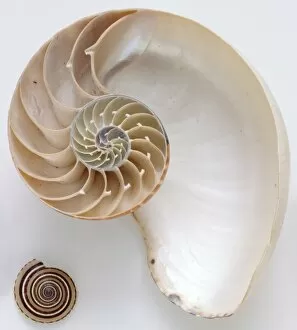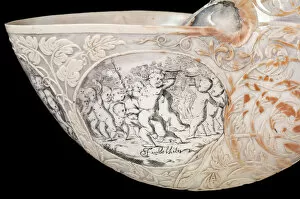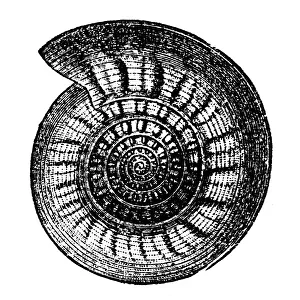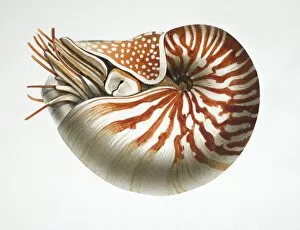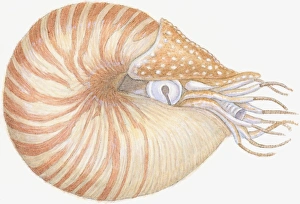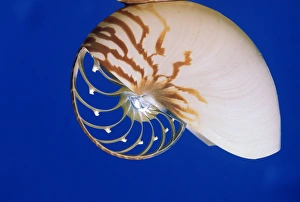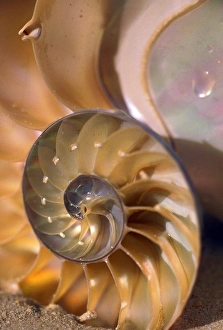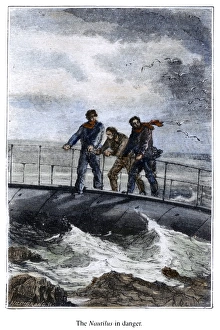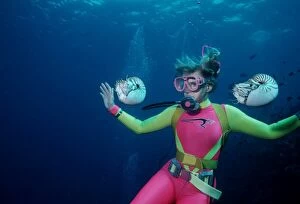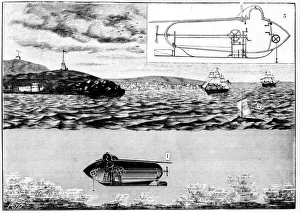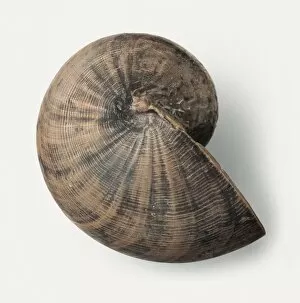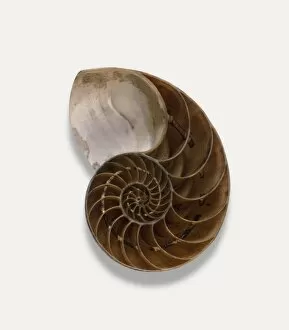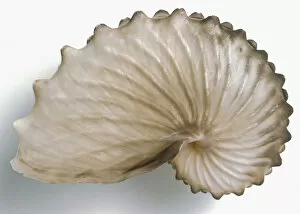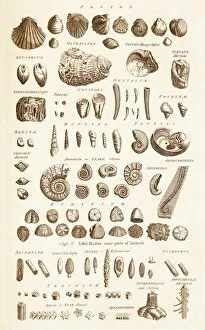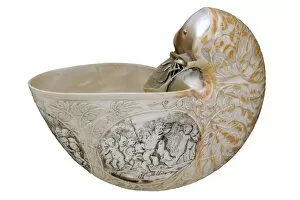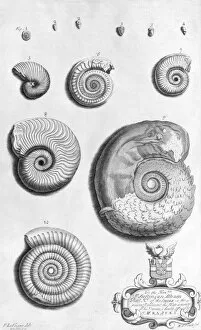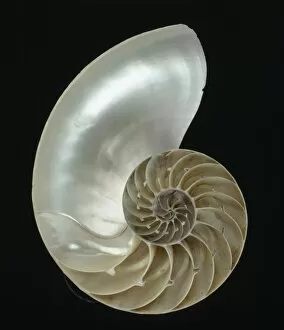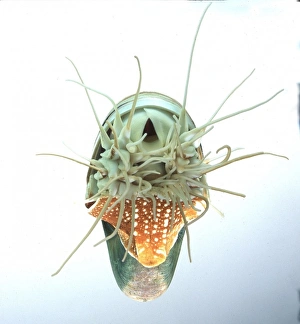Nautilus Collection (page 4)
The nautilus, a creature of wonder and intrigue, has captured the imagination of many throughout history
All Professionally Made to Order for Quick Shipping
The nautilus, a creature of wonder and intrigue, has captured the imagination of many throughout history. From Jules Verne's Nautilus submarine in his famous novel "20, 000 Leagues Under the Sea" to stunning artwork depicting this fascinating cephalopod. In Jules Verne's masterpiece, Captain Nemo stands atop the Nautilus, taking the altitude of the sun. This wood engraving by Alphonse de Neuville brings to life the adventure and mystery that surrounds this incredible vessel. Engravings showcasing both a nautilus and an ammonite remind us of their ancient origins. These animals have been swimming through our oceans for millions of years, with their beautiful shells as evidence of their existence. The diversity within this species is astounding. From Argonauta hians or brown paper nautilus to Nautilus pompilius or common nautilus - each one possesses its own unique beauty and characteristics. Even outside literature and art, we find references to the nautilus. The Nautilus Swim Club 1 serves as a reminder that humans too are captivated by its elegance and grace in water. Scientists like Richard Owen dedicated themselves to studying these creatures. In 1873 Vanity Fair depicted Owen surrounded by old bones while in 1883 he conducted further research at BMNH (British Museum Natural History). A black & white illustration showcases a sectioned shell of a pearly nautilus revealing its siphon and chambers - truly highlighting nature's intricate design. And finally, an up-close view from Oregon displays a chambered nautilus cut in half - allowing us to marvel at its internal structure. Whether it be through literature, artwork or scientific study; whether it evokes curiosity about ancient times or admiration for aquatic life; there is no denying that the enigmatic presence of the nautilus continues to captivate our hearts and minds today.

